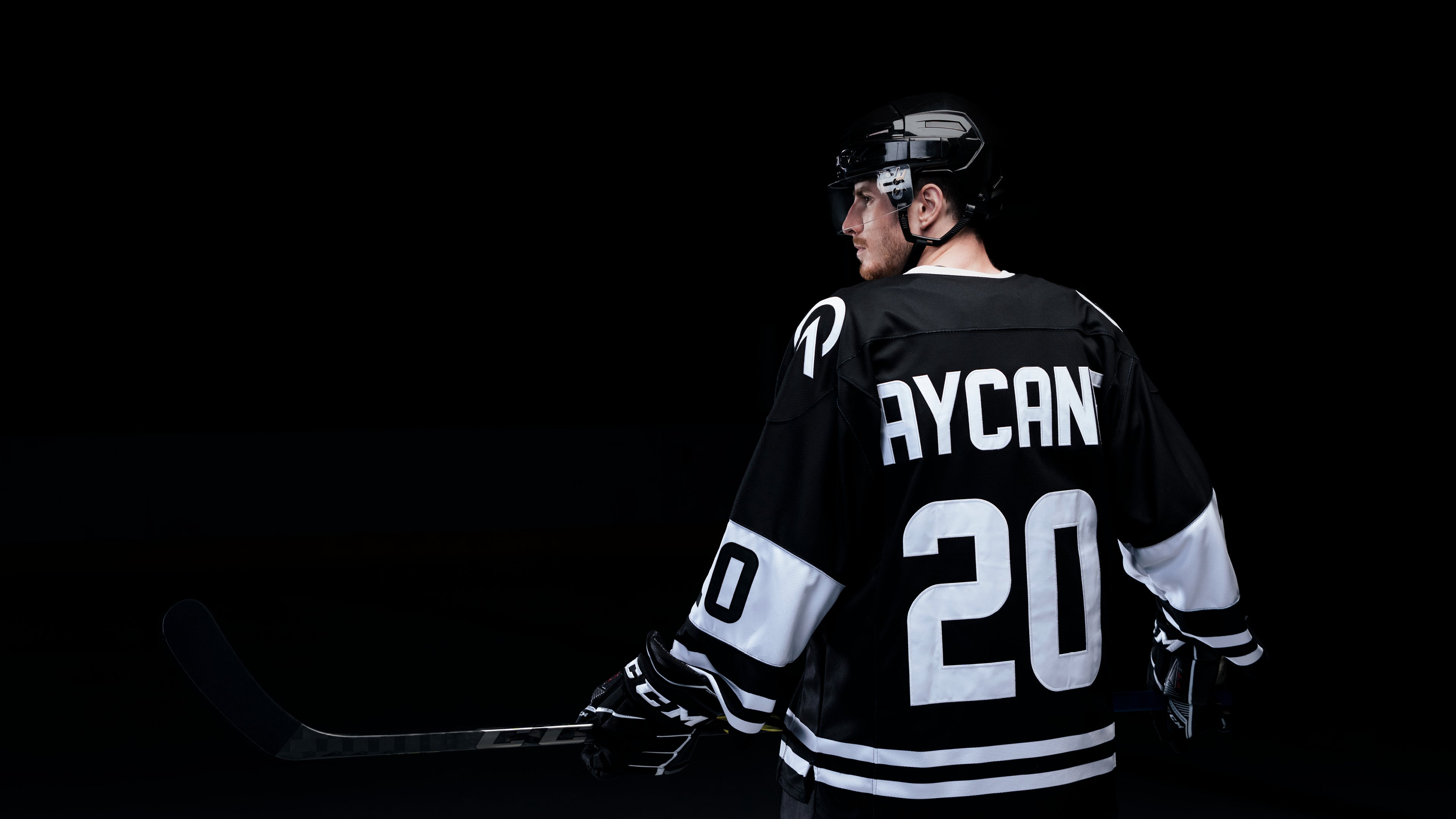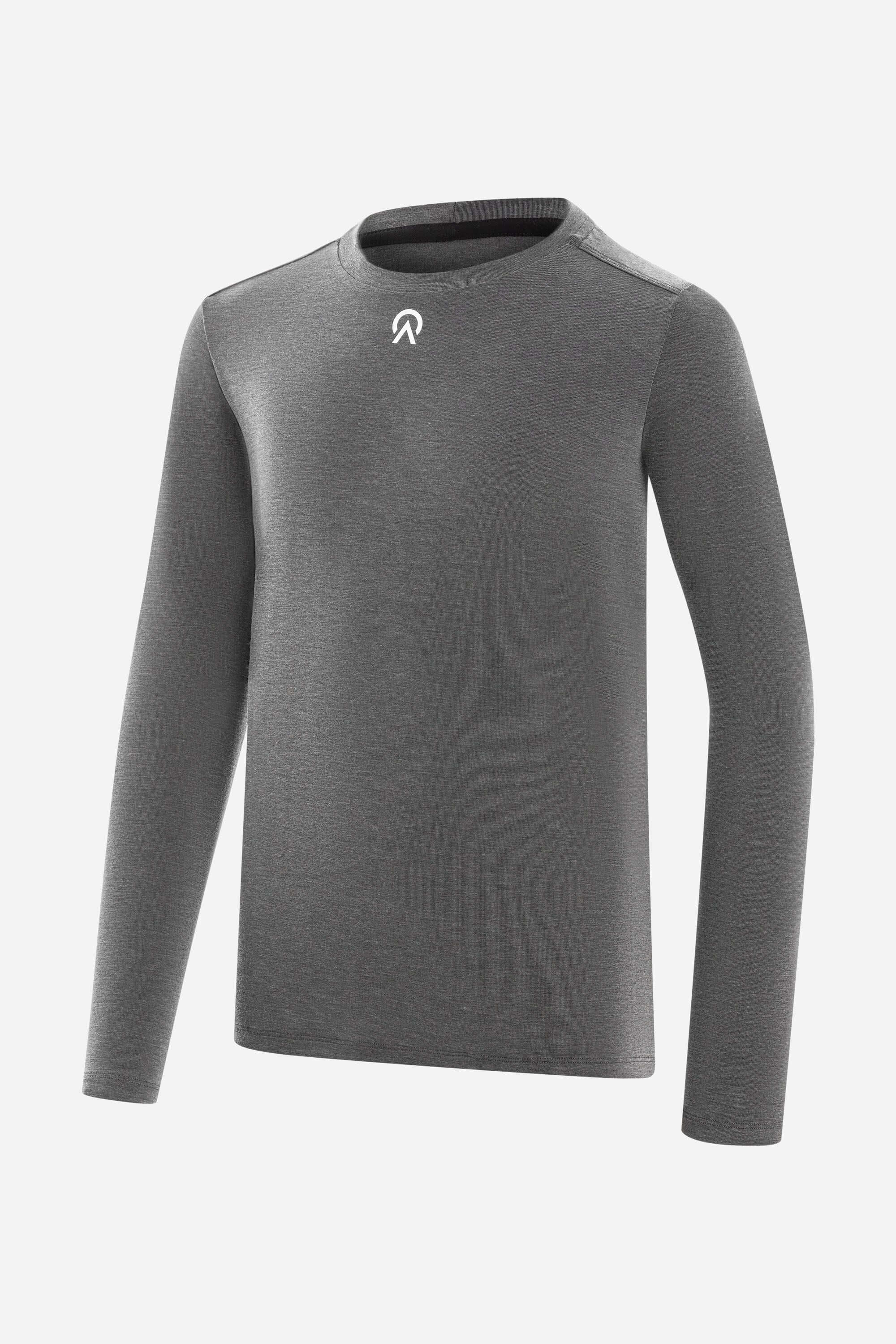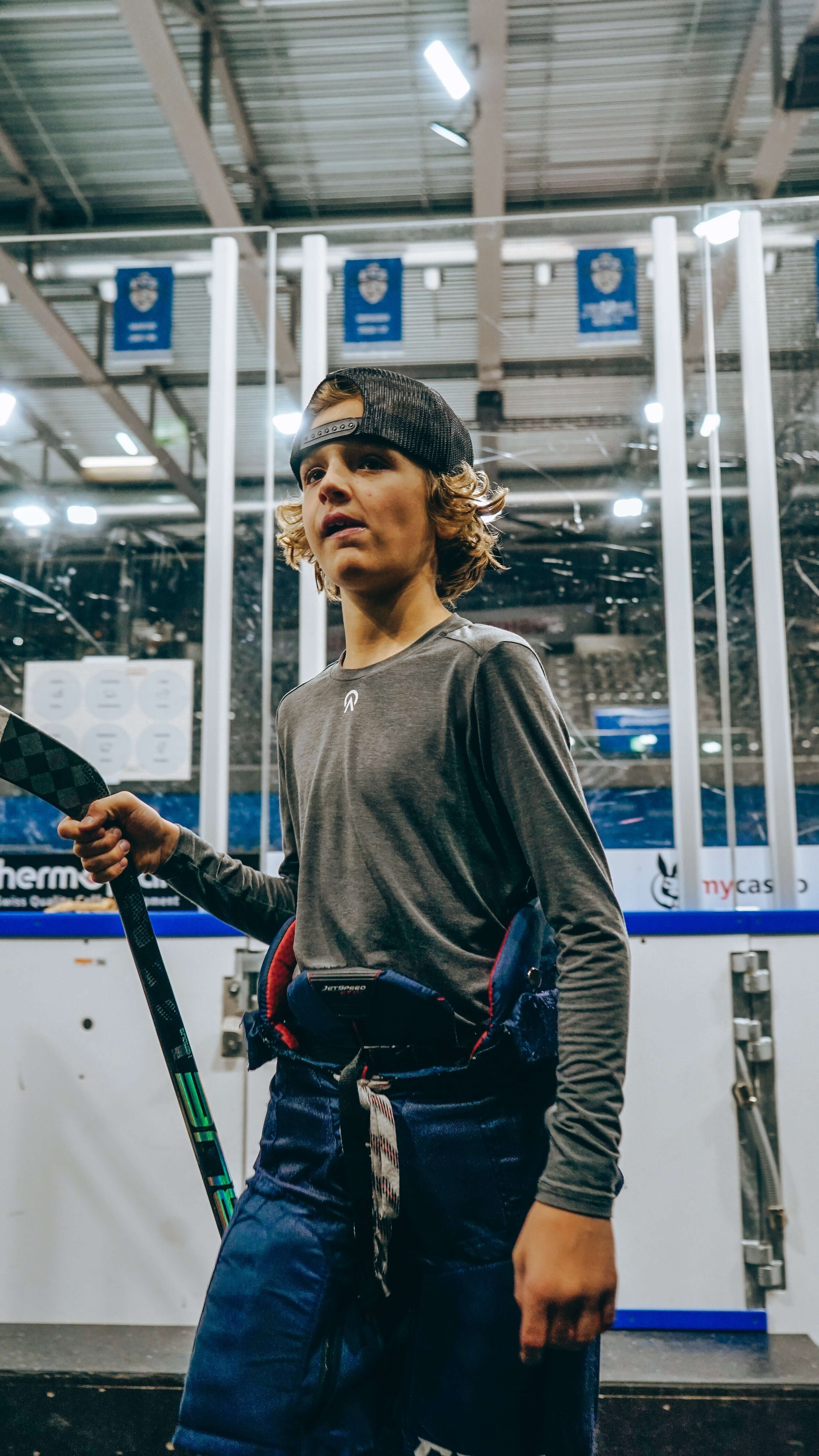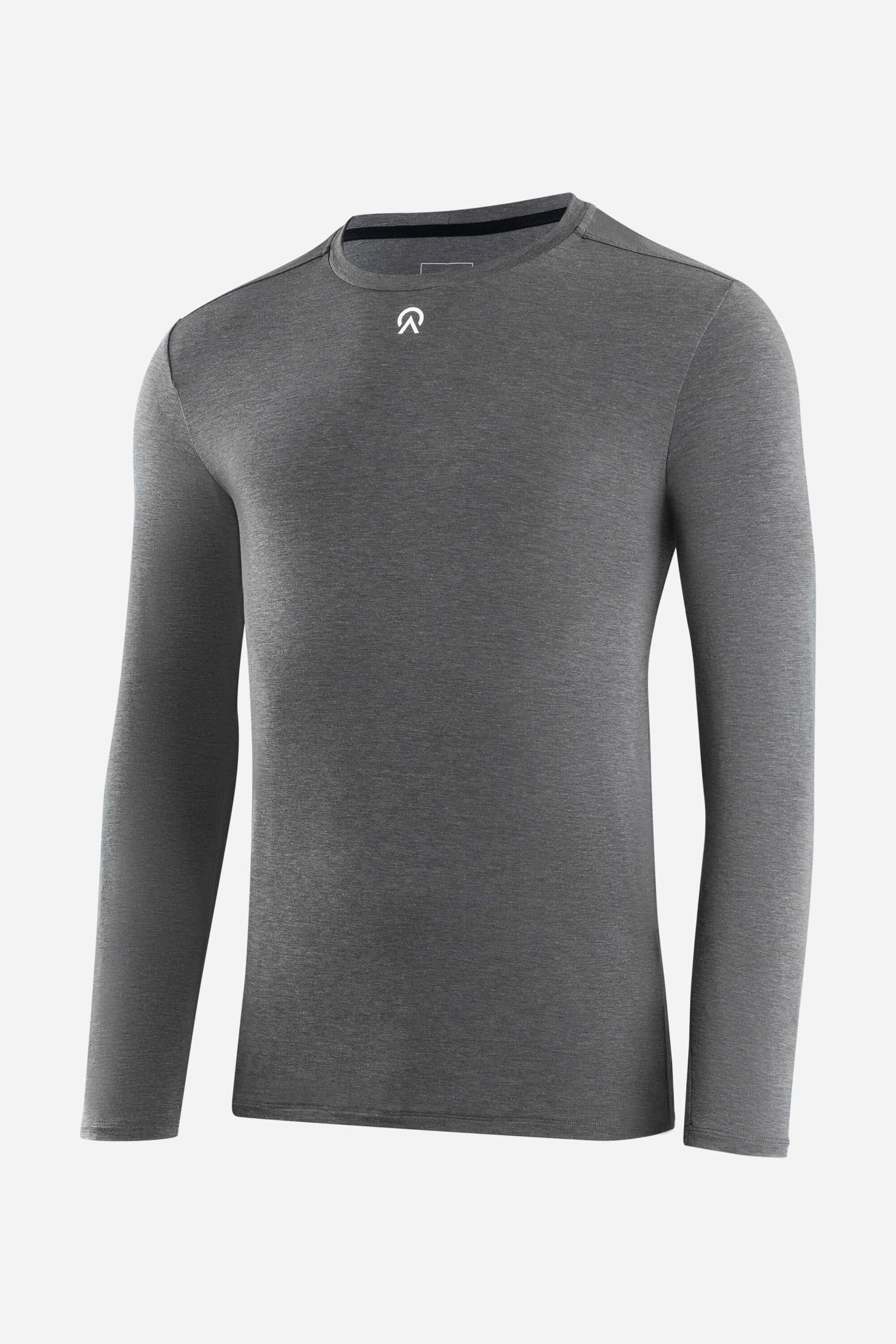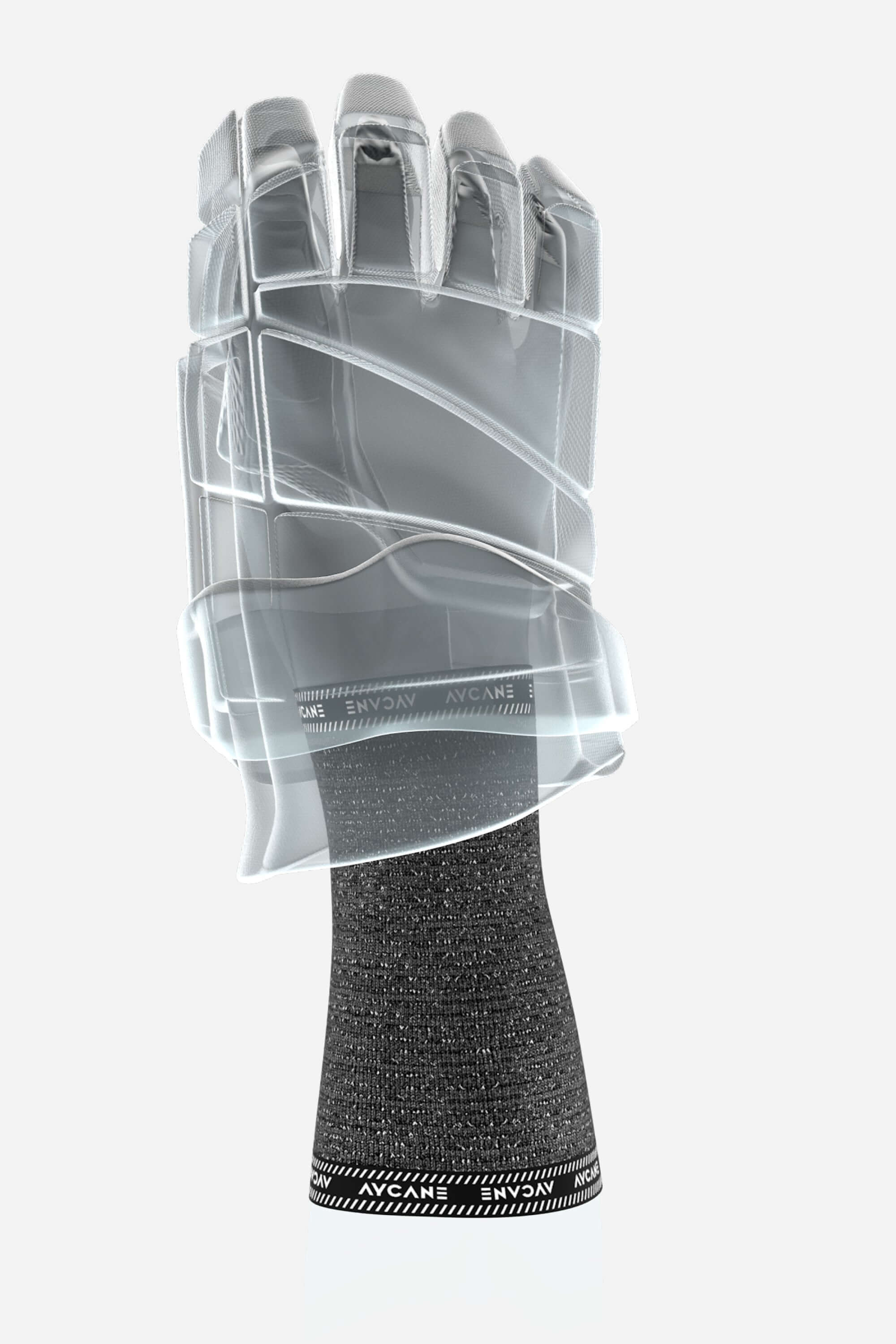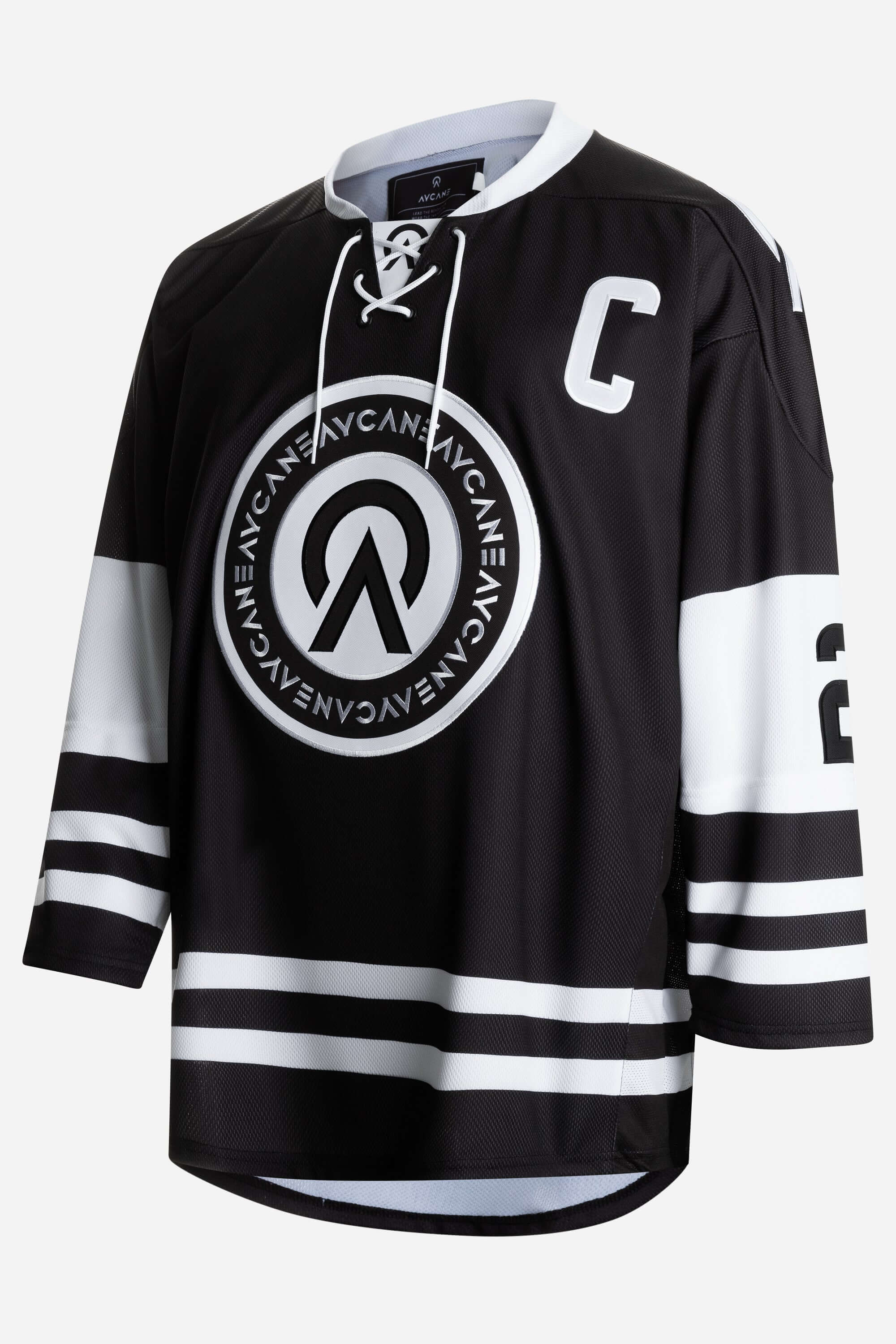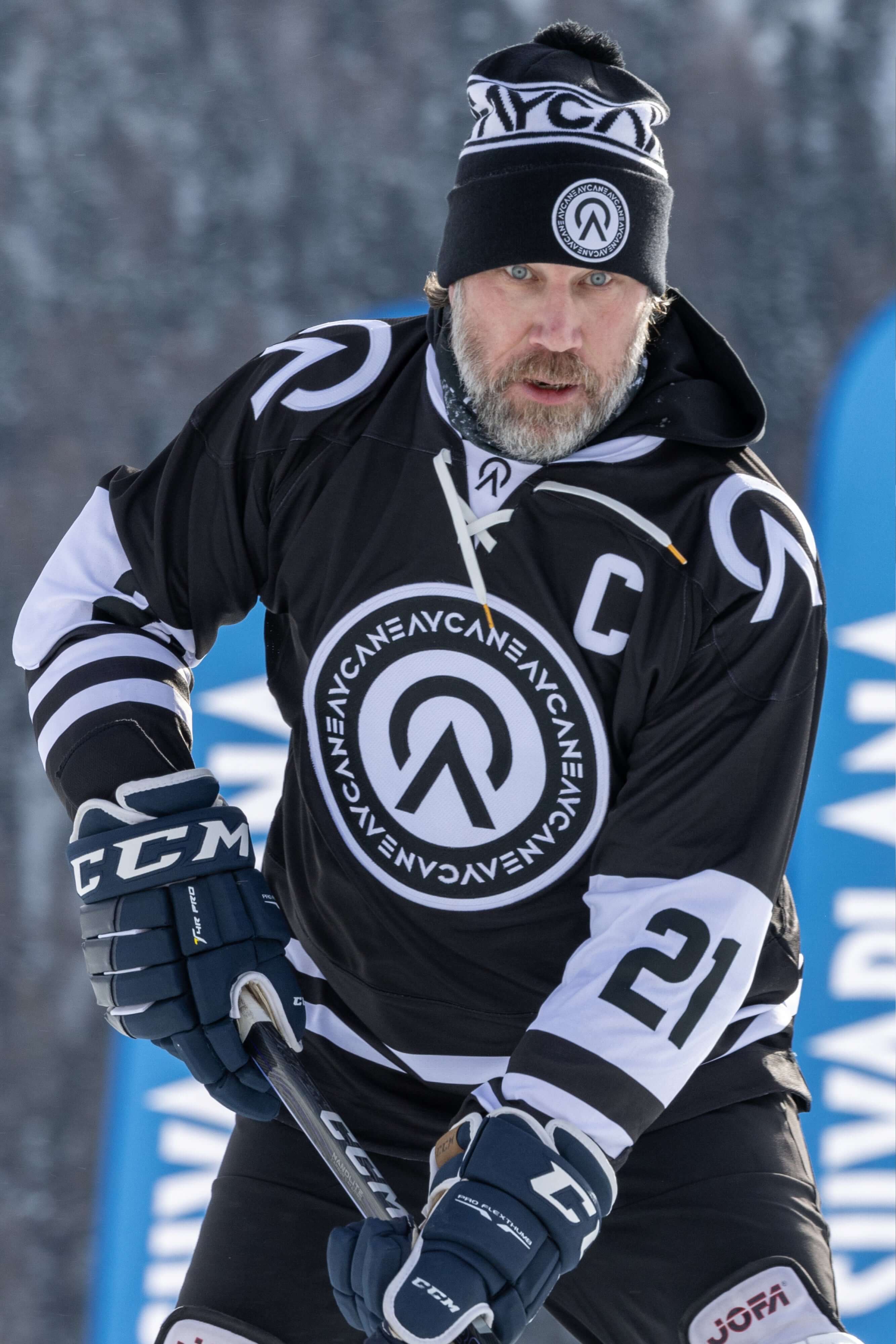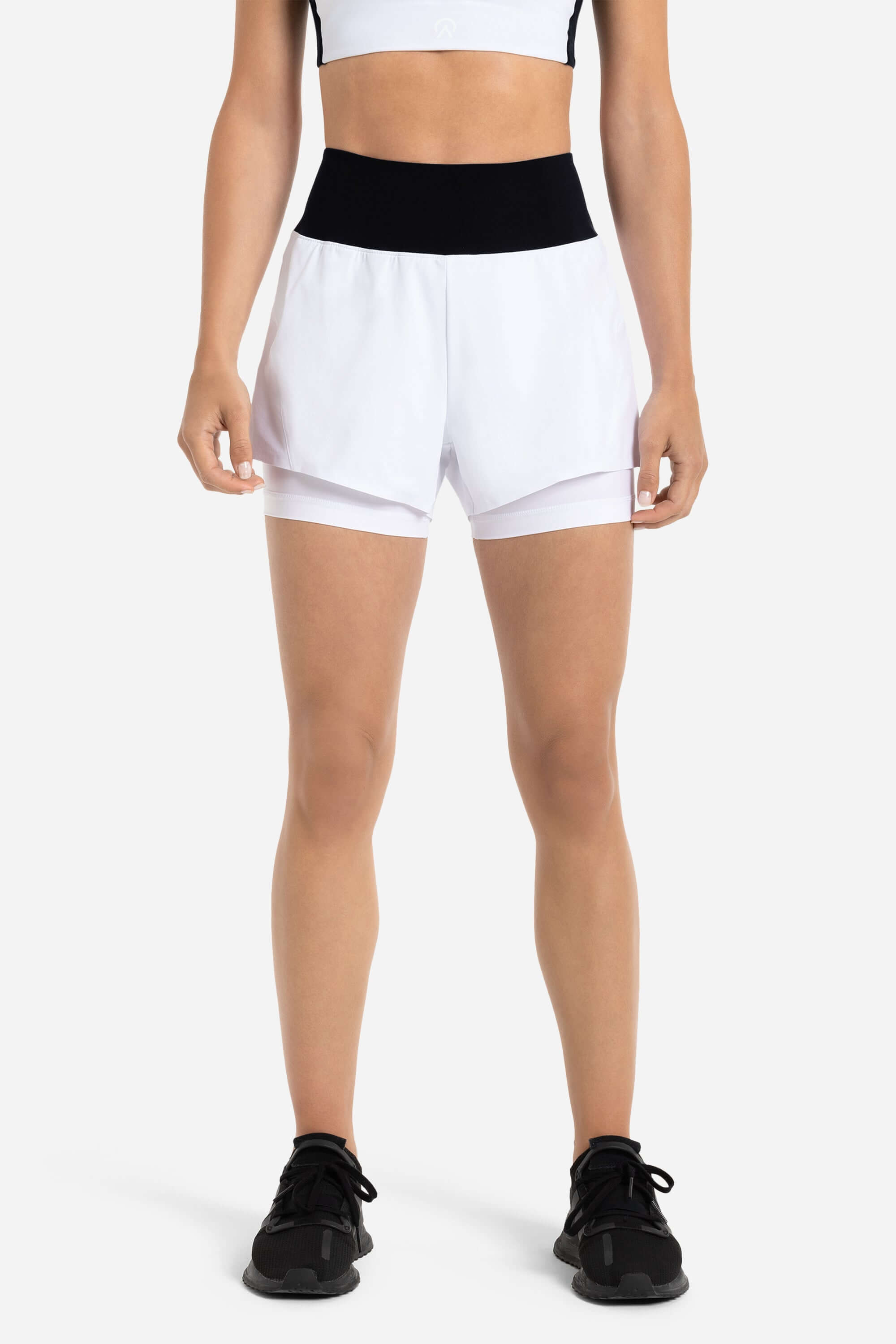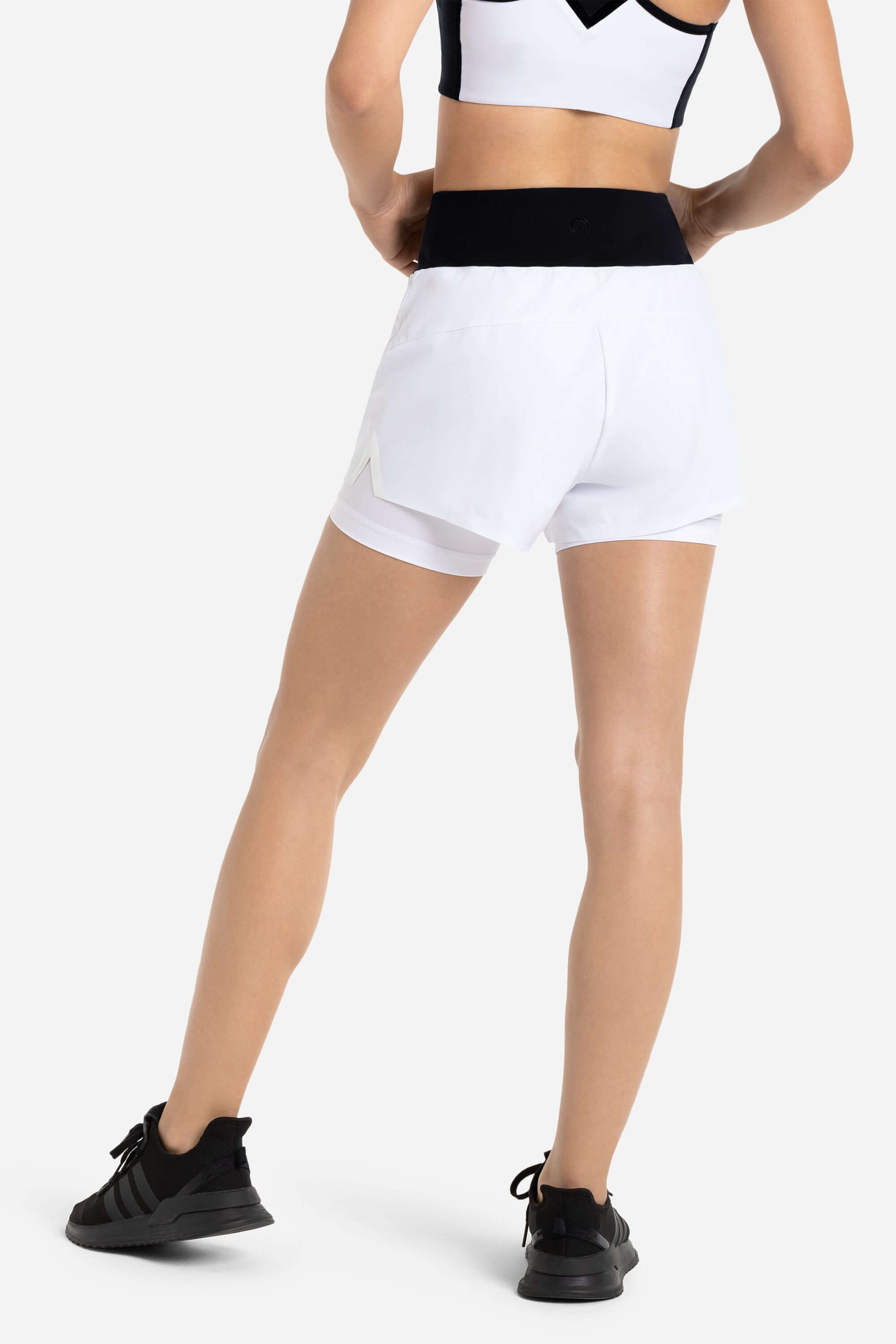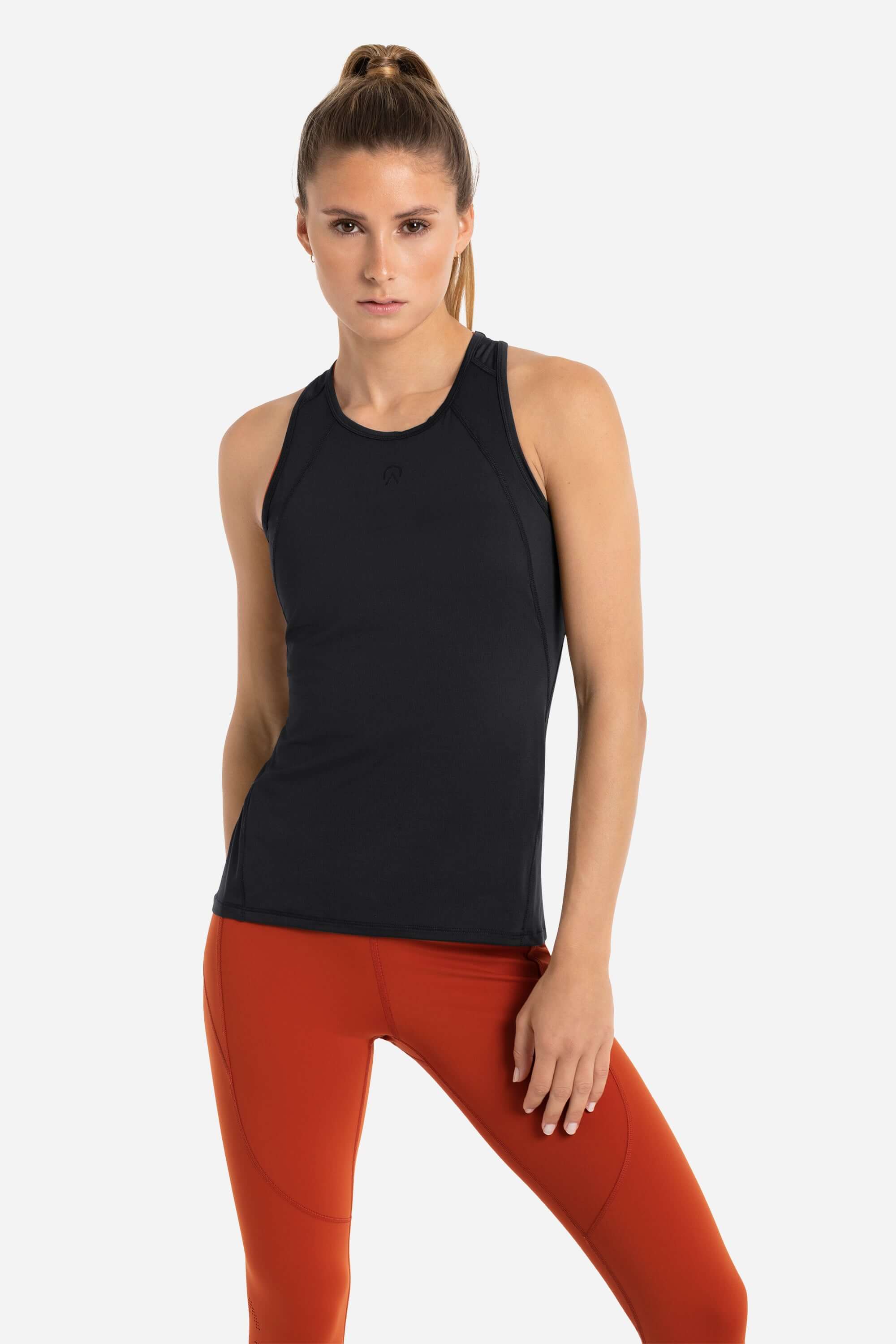The Evolution of Goaltending: From Pads to Precision
In the dynamic world of ice hockey, the role of the goaltender is nothing short of essential. Over the years, goaltending has transformed from a position of brute strength and padded protection to one that demands precision, athleticism, and an unparalleled understanding of the game.
In this blog post, we'll take a fascinating journey through the evolution of goaltending, exploring how it has evolved from bulky pads to a strategic and specialized art form.

1. The Early Days: Leather Pads and Stand-Up Style
Goaltending in the early days of hockey was a far cry from what we see today. Goaltenders wore minimal padding, often consisting of leather leg pads that provided limited protection. The "stand-up" style of goaltending was prevalent, where goalies relied on positioning and reflexes to make saves.
2. The Rise of Butterfly Style and Protective Gear
As the game evolved, so did goaltending techniques. The butterfly style emerged, characterized by goaltenders dropping to their knees to cover the lower part of the net. With this new approach, the need for better protective gear became evident. The introduction of larger leg pads, chest protectors, and masks significantly improved safety and allowed goaltenders to adopt more aggressive strategies.
3. Advancements in Technology: Lighter Equipment
The late 20th century brought advancements in materials technology, allowing manufacturers to produce lighter yet more protective equipment. Goaltenders benefited from streamlined leg pads, composite sticks, and masks that offered improved vision and safety.
4. The Emergence of Hybrid Style
Modern goaltending techniques combine elements of both stand-up and butterfly styles. Goaltenders are more flexible and dynamic than ever before, seamlessly transitioning between techniques to adapt to different situations. The hybrid style enables goalies to cover more of the net while maintaining the agility needed to make acrobatic saves.
5. Precision and Analytics
In today's game, goaltending has become a highly strategic role. Goaltenders and coaches use advanced analytics and video analysis to study opponents' tendencies and improve positioning. Precision in reading the play and anticipation has become just as important as raw athleticism.
6. Equipment Innovations and Customization
Modern goaltending equipment is designed for optimal performance and protection. Customization options allow goaltenders to fine-tune their gear to match their playing style. Masks, pads, and gloves are engineered for maximum coverage while minimizing weight.
7. Mental Toughness and Focus
Goaltenders are often referred to as the "last line of defense." The mental aspect of the game is crucial. Goaltenders need to maintain focus, stay composed under pressure, and rebound quickly from setbacks, making mental resilience a key attribute.
8. Influence on the Game
Goaltending has evolved into a position that can influence the outcome of a game single-handedly. A standout performance by a goaltender can shift momentum and lead to victory. Goaltenders are not just protecting the net; they are orchestrating the flow of the game.
Conclusion
The evolution of goaltending mirrors the growth and transformation of ice hockey as a whole. From leather pads and stand-up techniques to the precision and athleticism of today's hybrid goaltenders, this evolution showcases the dedication of those who play the position. Goaltenders continue to shape the narrative of the game, reminding us that goaltending is not just about blocking shots—it's about embracing innovation, strategy, and the unique challenge of being the ultimate game-changer.
If You Like This Blog Post, You Might Also Like...

